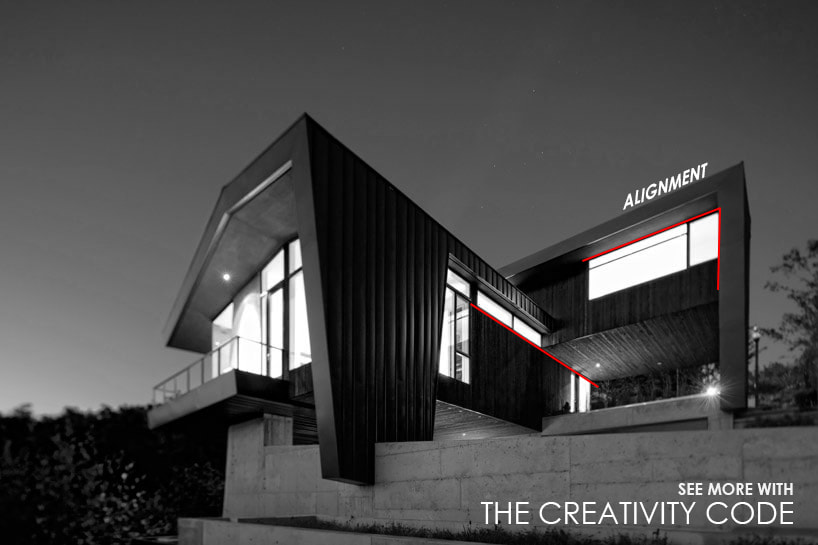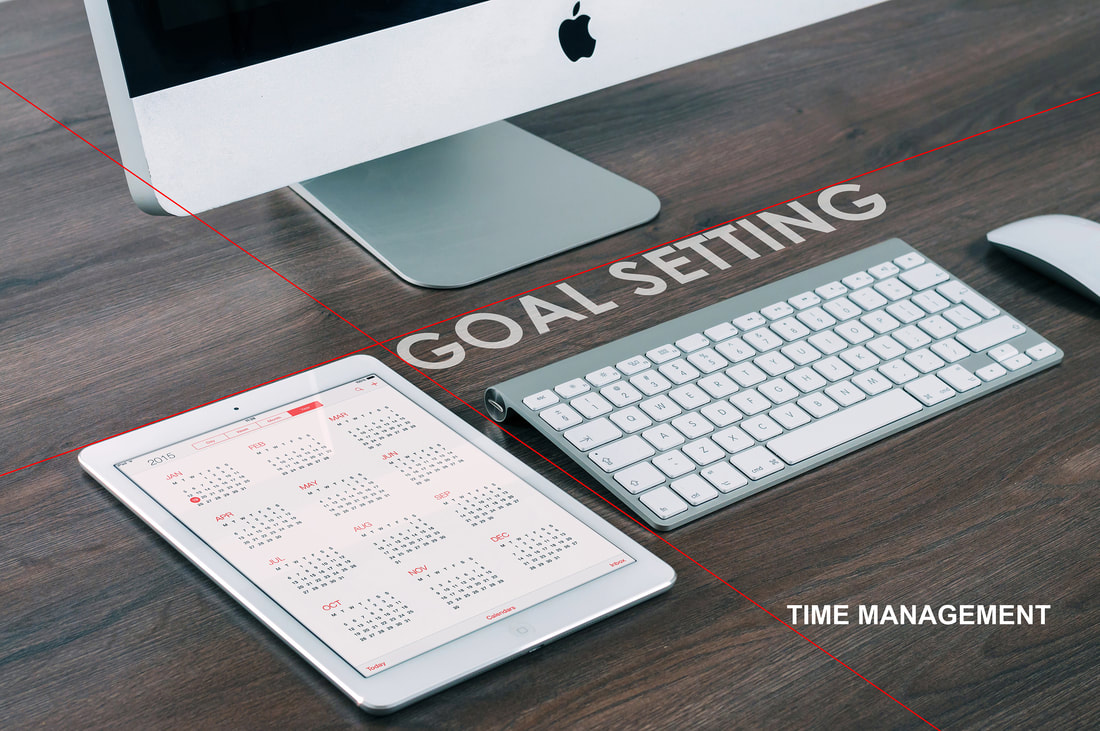|
Alignment along with grouping are the two most powerful design principles you can apply to your projects. There are two types of alignment. You can have obvious alignment as seen in the image below. The windows in the center of the page align with the bottom of the second floor. The windows to the left align next to the vertical steel element that becomes the roof. Skylab architecture Skyline house. Photo by: Skylab Architecture: http://www.designboom.com/architecture/skylab-architecture-skyline-residence/ Or you can have hidden alignment. Hidden within this image is the alignment of the “Goal Setting” text with the iPad and keyboard. “Time Management” sits in the open space while the “T’s” heel rests on the guideline. Use your environment to guide your placement. TAKEAWAY
Most designs start with many variables, whether you are putting together a PowerPoint, organizing tasks, or placing windows on the exterior of a house. Taking another look at where you can group and align objects could do wonders for your project. From a broader perspective, Alignment is about aligning the method, tools, and materials to the outcome you are targeting. If you are doing a creative project, does your process reflect your desired outcome? If you are creating a building that conveys strength, do your material choices reinforce that concept? If spending time with your family is important, does your calendar align with that goal? Find more insight in The Creativity Code
0 Comments
Leave a Reply. |
ArchivesCategories |


 RSS Feed
RSS Feed
